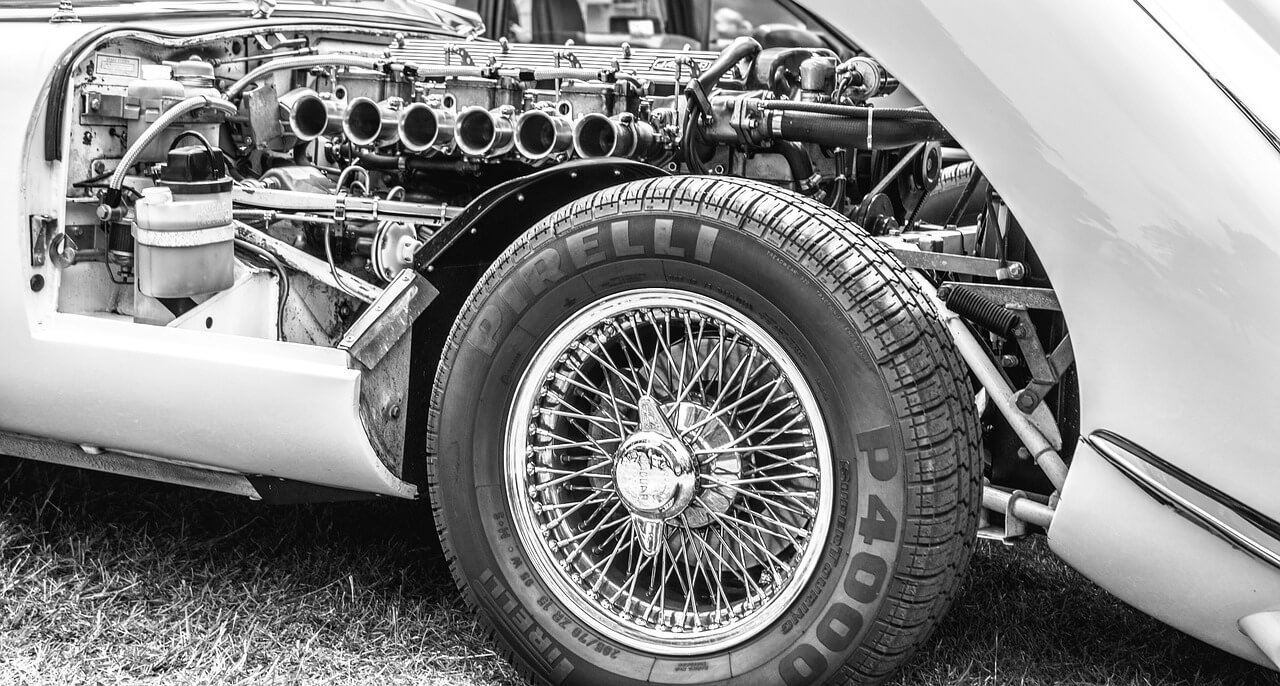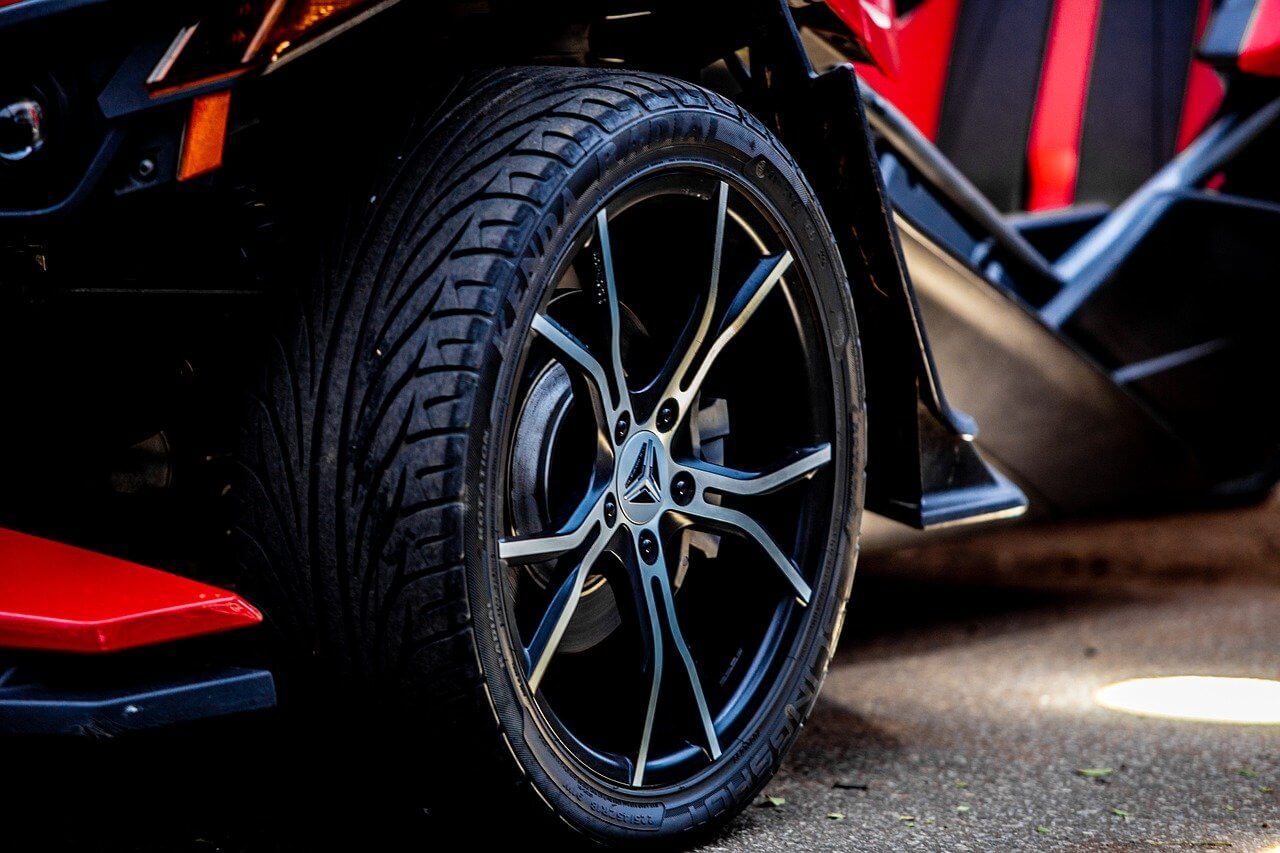What year is your car is an important detail every vehicle owner should know. Understanding the manufacture date can help with maintenance, part replacement, and resale value. While many focus on the model year, the exact production date provides critical insights into your vehicle’s history. This information can also help you determine which parts and services are right for your car. Fortunately, one of these things is not entirely out of reach, because your vehicle identification number, or VIN, actually opens the gates to this treasure. In this article, we'll guide you on how to use your VIN to check the manufacture date accurately. When this information is outlined, you will get to understand more about your car's timeline of production. A simple check vin process allows you to access these details quickly and verify the data with greater confidence.
Car Manufacturing Date Basics
The date of manufacture plays a key role in understanding your car's overall condition. This specific detail shows when the vehicle was assembled and can affect factors like warranty eligibility and the availability of compatible parts. If you're trying to determine what year this car was made, the manufacturing date is essential to know. New cars often have this information easily accessible, but older vehicles may require a bit more effort to locate. Knowing the exact date of manufacture can also help you determine the right time to sell a used auto, optimizing your vehicle's resale value.
Manufacturing vs. Production Dates
When trying to find a car’s manufacture date, it's important to understand the difference between manufacturing and production dates. While both are related, the date of production often refers to when most vehicles were completed and rolled off the assembly line. The manufacturing date, however, can include earlier processes like assembling parts or testing. Over the decades, this distinction has helped car owners understand the timing of specific updates or recalls. Most vehicles have these dates easily accessible through the VIN, making it simple to find car manufacture dates and related details. Understanding both can ensure proper maintenance and care.
Model vs. Calendar Year Of Manufacture
The production year and calendar year of manufacture can differ, creating confusion for many buyers. Manufacturers typically refer to the model year as a marketing tool, often representing a vehicle made in the previous calendar year. The actual year of manufacture refers to the date when the car was assembled and completed. This distinction is important because parts and features may vary slightly depending on the production year. Understanding which year manufacturers refer to helps ensure you’re getting accurate information about your vehicle. Checking the VIN can clarify the specific year of manufacture for maintenance and resale purposes.
Why Knowing Your Car's Manufacturing Date Is Important

Knowing your car's manufacturing date plays a crucial role in determining car's value and history. When you understand what year this car was produced, it helps you assess how long the vehicle has been on the market. Dealers often note the manufacturing date when pricing vehicles, especially if they’ve been sold long after production. Cars that have sat unsold may not command the full price, even if they are brand new. This information also ensures you’re aware of any potential updates or recalls, which can affect your car’s performance and safety. Being informed about the manufacturing date can also help in negotiating better deals.
Can I Determine the Manufacturing Date Using the VIN?
Common Locations to Find the VIN Number

The VIN number can typically be found in several key locations on your vehicle. One important area is the driver's side door jam, where an attached sticker shows the VIN. You'll also find it on the windshield, especially at the bottom driver's side corner. The VIN on a truck will often be on the dash, in about the same location. In addition, the VIN may be stamped onto the engine or other key components. Always check these areas when you need to verify the VIN for registration or maintenance purposes. Here are some other places where you might find the VIN:
- Inside the glove box on the vehicle’s service label.
- On the frame or chassis of the car or truck.
- Under the hood, near the engine block or radiator support.
- On the vehicle’s registration documents or insurance papers.
Ways to Check Your Car’s Manufacturing Date Via Component Labeling
One effective way to get the vehicle manufacture date is through component labeling. From the beginning, most cars come with a sticker affixed to various parts, indicating the date they were produced. For example, these stickers can be found on the engine, transmission, or doors, providing a clear timestamp of when the component was made. This can be particularly useful for verifying the quality and authenticity of specific parts. Checking these labels helps you cross-reference the car’s overall manufacturing timeline and ensures everything matches the vehicle’s history for repairs and resale. By inspecting these component labels, you can gain additional insights into your vehicle's overall production.

Except for the normal stickers, there are a few parts that do have their date codes like tires and batteries for when the parts were manufactured. Tire date codes are usually a four-digit number mostly located on the sidewall, with the first two showing the week and the last two showing the year of make. Similarly, batteries often have a date stamp indicating their production month and year. These additional date markings can further help verify the vehicle’s manufacturing timeline, ensuring that no major parts have been replaced without your knowledge. This information is especially valuable for classic or vintage cars where part authenticity matters greatly.
Further reading
Summary
After all, you need to know when your car was manufactured to maintain it properly, find compatible parts, and keep its value high when you sell it. Whether you are checking the VIN or looking at component labels, the manufacturing date of your vehicle is key information. This date shows not only when it was assembled but also crucially gives warranty cover and flagging for recalls. In this way, you're going to know the difference between the production date and the manufacturing date and have accurate information concerning its history. For more details about the past life of your car, consider a vehicle history report for detailed information regarding the background and condition. With proper information, you can make better choices regarding maintenance, repair, and future sales.
Frequently Asked Questions
The car manufacturing date is typically displayed in an MM/YYYY or DD/MM/YYYY format, depending on the manufacturer. This format is usually found on the vehicle's compliance label or in official documents.
The VIN number itself usually only provides the year of manufacture, not the exact month. However, you can often find the specific month on a sticker or label affixed to various parts of the car.
To find the manufacturing date of a vintage car, you can check original documentation, like the owner’s manual or registration papers. Additionally, some cars may have date stamps on key components.







